FAQ – Frequently Asked Questions
On this page you can find answers to some of the question that are asked regarding STM in conferences, in e-mails and other places where we meet interested people.
If you did not find the answer to your questions below, please send them to: stm@sjofartsverket.se
How does ship-to-ship route exchange work?
Every STM-enabled ship can choose to share the next 7 legs of its voyage plan. The route is broadcasted by AIS and can be selected to be shown on other ships STM-enabled ECDIS/navigation systems.
The receiving ship shows the routes only temporarily in order check the others, but not cluttering the shipborne navigational displays.
How does ship-to-shore data exchange work?
The information owner, the ship or the shipping Company, selects the partners, which are allowed to receive the information.
The information is sent in IP-format over any communication channel. Cyber Security is ensured by the service and identity registries in the Maritime Connectivity Platform,
A ship departing from Singapore bound for Stockholm, Sweden might want to share its voyage plan with the Suez Canal Authority, in order to arrive just-in-time for the passage. It would also share it with the VTS/mandatory SRS in the Strait of Gibraltar, the Dover Strait/Pas de Calais, The Sound, between Denmark and Sweden and Stockholm to get advice on traffic congestions. It would share its voyage plan also with the port actors in Stockholm in order for the port call plans to be perfectly adjusted to the arrival.
Do you need new equipment on-board?
You would need the latest version of your ECDIS. Whether this would require a new hardware or just a software update varies. In most cases during the validation Project, a software update was all that was needed.
Are there any industry standards, or are they being developed?
There are existing industry standards in place today that support all current functions available. And we are working to include more standard data formats in STM, which would open up new services and functions.
What are the benefits? What’s in it for me?
This is a common question. Therefore, we have created a full page that covers benefits for all different kinds of stakeholders: navigators, ship owners, port actors etc. Read more on WIIFM.
What is the cost for me?
There will be a cost for using commercial services, but is up to customers and suppliers to agree on the price. In the long run, STM will be a platform where service are available in a more standardised way. This will help suppliers reach customer more easily, but also lowers the entry barrier for new and improved services, which will lead to higher competition and probably lower prices. Public services will probably cost the same as today, i.e. in many cases nothing.
Does the ship need to be constantly on-line?
Even though the connectivity will improve tremendously over the next years, constant connection is not a requirement. A function stores messages from the ships until a good enough communication channel is available.
How does STM affect UNCLOS and “freedom of navigation”?
STM is fully compatible with the current Articles of UNCLOS. Bridge watchkeeping personnel will get an enhanced decision support system, but will be responsible for all decisions and actions.
How does STM relate to automation and autonomous ships?
STM is a framework that will work fine in today’s manual world, but will enable digitalisation and automisation through the use of standards. We believe that STM is a pre-requisite for the introduction of autonomous ships. To let other ships in the vicinity know its voyage plan/route details will be a key factor for the credibility of an autonomous ship. Learn more about participating ships.
Can the ship-to-ship broadcast clog the AIS-channels
AIS is only at the risk of being overloaded in very congested waters, which is well known. And yes, the added messages from STM ship-to-ship will add to the traffic. However, existing message type priorities will make sure that high priority messages are not affected. The new developments to create more AIS bandwidth among other things, VHF Data Exchange System (VDES), will make sure that AIS is practically never overloaded.
Which kind of ships are part of the STM Validation Project?
There is a good mix of different types of ships. There are tankers, bulk carriers, container ships, cruise ships, Ro-Ro, ferries, research vessels, SAR rescue crafts and more.
How do I connect to STM and the infrastructure?
You find more practical information on how to connect in this presentation. And you are always welcome contact us using the contact information in the footer.







